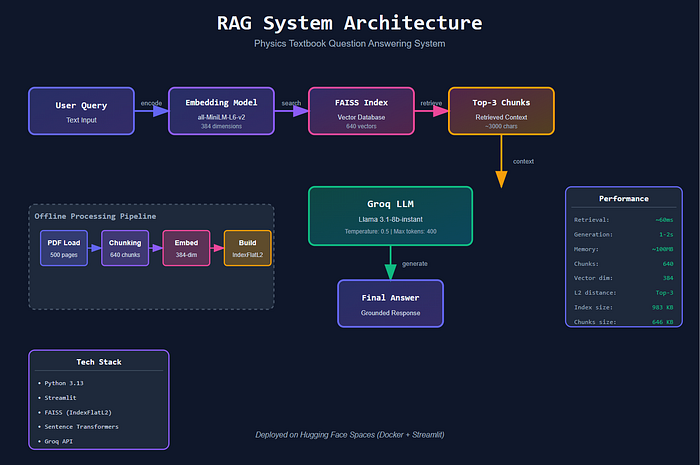Introduction to Reasoning Models in AI
The field of artificial intelligence (AI) has been witnessing a significant push towards developing models that can think more logically and spend more time arriving at an answer. According to Jack Rae, a principal research scientist at DeepMind, this approach has been gaining prominence, especially with the launch of the DeepSeek R1 model earlier this year.
What are Reasoning Models?
Reasoning models are AI models built to work through problems logically, taking more time to arrive at an answer. These models are attractive to AI companies because they can improve existing models by training them to approach problems pragmatically, eliminating the need to build new models from scratch.
The Cost of Reasoning Models
However, when AI models dedicate more time and energy to a query, it costs more to run. Leaderboards of reasoning models show that one task can cost upwards of $200 to complete. The promise is that this extra time and money will help reasoning models perform better at handling challenging tasks, such as analyzing code or gathering information from multiple documents.
The Benefits of Reasoning Models
Koray Kavukcuoglu, Google DeepMind’s chief technical officer, believes that the more a model iterates over certain hypotheses and thoughts, the more likely it is to find the right solution. This approach has shown promising results in certain tasks, making it an exciting development in the field of AI.
The Downside of Overthinking
However, there is a downside to this approach. According to Tulsee Doshi, who leads the product team at Gemini, models can sometimes "overthink" and spend longer than necessary on a problem, only to arrive at a mediocre answer. This not only makes the model expensive to run for developers but also worsens AI’s environmental footprint.
The Prevalence of Overthinking
Nathan Habib, an engineer at Hugging Face, has studied the proliferation of reasoning models and believes that overthinking is abundant. In the rush to showcase smarter AI, companies are reaching for reasoning models even when they are not necessary. This can lead to inefficient use of resources and poor performance.
Addressing the Issue of Overthinking
To address this issue, Google has introduced a "reasoning" dial that allows developers to set a budget for how much computing power the model should spend on a certain problem. This dial can be turned down if the task doesn’t require much reasoning, making the model more efficient. Outputs from the model are about six times more expensive to generate when reasoning is turned on.
Conclusion
In conclusion, reasoning models have the potential to revolutionize the field of AI by enabling models to think more logically and arrive at better solutions. However, the issue of overthinking needs to be addressed to ensure that these models are used efficiently and effectively. By introducing features like the "reasoning" dial, companies can help mitigate this issue and make reasoning models more practical for widespread use.
FAQs
- What are reasoning models in AI?
Reasoning models are AI models built to work through problems logically, taking more time to arrive at an answer. - What is the benefit of using reasoning models?
The benefit of using reasoning models is that they can improve existing models by training them to approach problems pragmatically, eliminating the need to build new models from scratch. - What is the downside of using reasoning models?
The downside of using reasoning models is that they can be expensive to run and can worsen AI’s environmental footprint if they overthink and spend longer than necessary on a problem. - How can the issue of overthinking be addressed?
The issue of overthinking can be addressed by introducing features like the "reasoning" dial, which allows developers to set a budget for how much computing power the model should spend on a certain problem.











